Unity in Diversity, or 'Many in the One' Chapter Notes | Chapter Notes For Class 6 PDF Download
| Table of contents |

|
| What is Diversity? |

|
| A Rich Diversity |

|
| Food for All |

|
| Textiles and Clothing |

|
| Festivals Galore |

|
| An Epic Spread |

|
| Conclusion |

|
| Key Words |

|
What is Diversity?
Diversity is defined as the condition of having many different elements together in a classroom, organization, institution, country, world etc.
India is a land full of colours, traditions, and different ways of life. People across India speak different languages, wear unique clothes, and enjoy different foods.
But despite these differences, we all live together as one big family.
This idea is called "unity in diversity"—even though we are different, we are still united.

For example, imagine a train journey across India, where you’ll see snowy mountains, sunny beaches, different languages, and delicious food.
All of this diversity makes India special and strong, showing how unity in diversity makes our country unique.
A Rich Diversity
Does traveling through India by train show you a variety of landscapes, clothing, and foods?
Yes, when you travel by train across India, you pass through different regions, each with its own unique scenery, traditional clothing, and local cuisines. This journey offers a glimpse into the rich and diverse cultural and natural tapestry of the country.
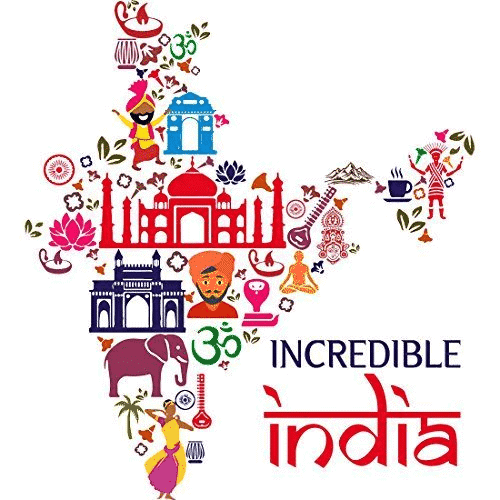
- Traveling by train in India shows changing landscapes, different clothes, and a variety of foods.
- Many languages are spoken, and signboards are written in different scripts.
- Even in one place, people from different regions live together with unique traditions.
- India has 1.4 billion people, about 18% of the world’s population.
- A survey called the "People of India" project studied 4,635 communities.
- It found 325 languages and 25 different scripts across the country.
- Many Indians move to new places, bringing their culture with them.
This rich diversity makes India unique and beautiful!
Food for All
Can you find food grains that are common across almost every part of India?
Yes, In India, many types of food grains are widely used throughout the country. These include cereals like rice, barley, and wheat, millets such as pearl millet, sorghum, and finger millet, and pulses like various dals and grams. These grains are staples in many Indian diets and are found in dishes across different regions.
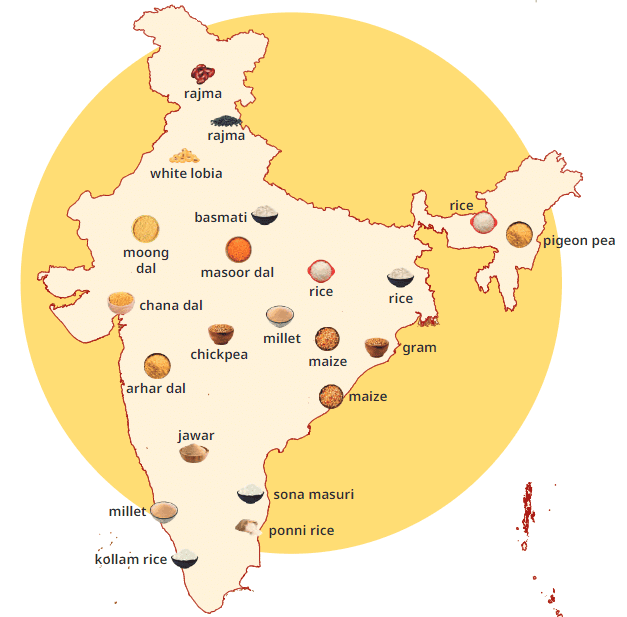
Staple Grains and Common Spices in Indian Cuisine
- Many of you may have enjoyed food from various regions of India.
- The variety of dishes and preparations available in India is likely in the thousands, if not more!
- However, there are certain food grains that are common across almost every part of the country, including:
- Cereals: such as rice, barley, and wheat.
- Millets: including pearl millet (bajra), sorghum (jowar), and finger millet (ragi).
- Pulses: which encompass various types of dals and grams.
- These grains are called 'staple grains' because they form the basic food for most people in India.
- In addition to grains, certain spices are also widely used throughout the country, such as:
- Turmeric
- Cumin
- Cardamom
- Ginger
- We can also identify common vegetables and oils that are frequently used in Indian cooking.
- This shows how the same ingredients can create both unity and diversity in the preparation of countless dishes!
Textiles and Clothing

Traditional Indian Dresses: The Sari
Every region and community in India has created its unique styles of clothing. Despite the differences, many traditional Indian garments share common features.
- A clear example is the sari, a long piece of cloth worn across much of India. Saris can be made from various materials, primarily cotton and silk, but also from synthetic fabrics today.
- Some well-known types of silk saris include:
- Banarasi
- Kanjivaram
- Paithani
- Patan Patola
- Muga
- Mysore
- There are many varieties of cotton saris as well.
- This unstitched garment comes in hundreds of styles, produced through different weaving and designing methods.
- Some designs are woven into the cloth, while others are printed afterwards.
- The colors of saris are incredibly varied, made from different kinds of pigments.
- The sari has a rich history. For example, a stone relief from Vaiéhali (now in Bihar) dates back to several centuries BCE.
- There are various ways to wear a sari, differing from one region or community to another. New styles of draping the sari continue to be created.
- Ultimately, it remains a single garment—the sari.
- In earlier centuries, many travelers in India admired the sari for its simplicity and versatility.
Chintz and the Ban on Indian Textiles
- India has a long-standing reputation for producing the finest cotton globally, with Indian textiles being exported to distant regions like Europe.
- A specific type of printed cotton known as 'chintz' gained immense popularity in 17th-century Europe.
- The demand for chintz was so great that it led to a decline in the sales of some European garments.
- To safeguard their own textile industries from this competition, England and France eventually decided to prohibit the import of chintz from India.
Festivals Galore
- India boasts a wide variety of festivals, each with its own special meaning and character.
- Numerous festivals are celebrated at the same time across the country but have different names in various regions.
- For example, Makara Sankranti signifies the start of the harvest season in many parts of India on or around January 14.
- The map illustrates the various names of similar festivals across India around the same date.
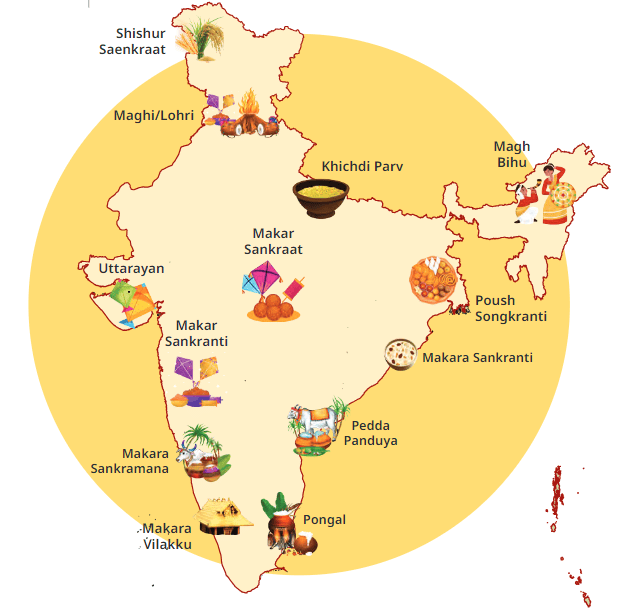
An Epic Spread
- Literature is a great example of unity in diversity in India. Indian literatures are very diverse and abundant.
- Despite differences in language and technique, they share important themes and concerns.
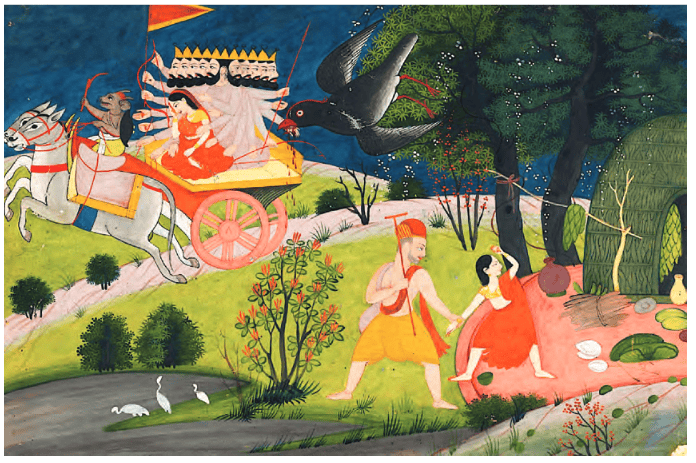
Panchatantra
- The Panchatantra is a collection of ancient stories with animal characters that teach important life lessons.
- Originally written in Sanskrit over 2,200 years ago, these stories have been adapted into almost every Indian language.
- The Panchatantra has also spread beyond India to places like Southeast Asia, the Arab world, and Europe, inspiring around 200 adaptations in more than 50 languages.
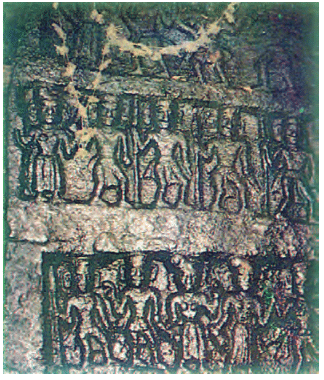
Epics: Rämäyana and the Mahäbhärata
- The Rāmāyana and the Mahābhārata are India's two major epics, which have been translated and adapted for over two thousand years.
- A study in Tamil Nadu found around a hundred different versions of the Mahābhārata that exist in folklore.
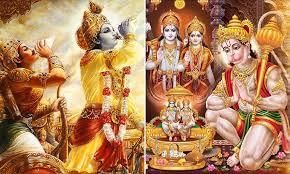
- Various communities, including tribal groups like the Bhils, Gonds, and Mundas, have unique versions of the Rāmāyana and the Mahābhārata. Most tribes in India's northeast and Himalayan regions, including Kashmir, also have their own versions of one or both epics.
- These tribal adaptations are often shared orally and include legends that connect epic heroes, such as the Pandavas and Draupadi, to their local areas. These adaptations highlight how the heroes of the Rāmāyana and the Mahābhārata are said to have visited these tribes' regions.
- Anthropologist K.S. Singh, who led the ‘People of India’ project, noted that, according to folklore, the epic heroes, particularly the Pandavas, are believed to have visited nearly every part of India.
- Over the years, more than any other texts, these two epics have woven a rich tapestry of cultural interactions across India and many areas of Asia.
Diversity and Unity in Indian Culture
- Ultimately, Indian culture is a celebration of diversity, which enriches it, while also maintaining a core unity that supports this diversity.
- India is known for its vast diversity in landscapes, people, languages, clothing, food, festivals, and traditions. While this diversity is apparent in many aspects, a fundamental unity exists beneath the surface.
- For example, in India's classical arts, such as architecture, both diversity and unity are prominently visible.
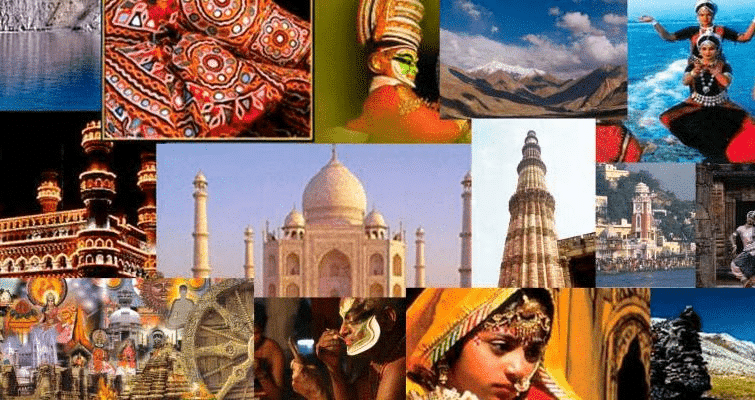 Indian Culture Diverse yet Unique
Indian Culture Diverse yet Unique
Mahabharata and Ramayana: Epic Tales of Dharma
- The Mahabharata and the Ramayana are two ancient Sanskrit epics that narrate the adventures of heroes striving to uphold dharma, or righteousness. These works are among the longest pieces of literature globally.
- The Mahabharata tells the story of the Pandavas, who, with the guidance of Lord Krishna, fight against their cousins, the Kauravas, to regain their rightful kingdom.
- The Ramayana depicts the journey of Rama, who, with the help of his brother Lakshmana and the monkey-god Hanuman, conquers the demon king Ravana, who has abducted his wife, Sita.
- Both epics contain numerous shorter tales that highlight essential values and explore the concepts of right and wrong.
Conclusion
India's vast diversity in landscapes, people, languages, dresses, foods, festivals, and customs is truly remarkable. While diversity is evident in many areas, there is also a strong sense of unity beneath it all. India's unity celebrates diversity, showing that differences do not create divisions but rather enrich the nation.
Key Words
- Relief: A design that stands out from the surface of a panel (which may be of stone, wood, ceramic or another material).
- Epic: A long poem generally narrating the adventures of heroes and other great figures of the past.
- Unity – India stays together as one big family despite many differences.
- Diversity – People in India follow different cultures, languages, and traditions.
- Languages – India has many languages, with 325 spoken and 25 writing scripts.
- Food – Different regions have unique dishes, but some grains and spices are common.
- Clothing – Traditional dresses like the sari are worn in many styles across India.
- Festivals – Festivals are celebrated all over India, sometimes with different names.
- Travel – A train journey across India shows changing landscapes, people, and lifestyles.
- Migration – Many Indians move to new places, carrying their traditions with them.
- Art – Indian art, music, and dance are rich and different in every region.
- History – India has a long history of culture, trade, and storytelling.
- Architecture – Temples, palaces, and monuments show India's cultural richness.
- Heritage – India’s traditions, knowledge, and values are passed down through generations.
FAQs on Unity in Diversity, or 'Many in the One' Chapter Notes - Chapter Notes For Class 6
| 1. What does "Unity in Diversity" mean in the context of cultures and communities? |  |
| 2. How does food contribute to the concept of diversity in a community? |  |
| 3. What are some traditional textiles and clothing that represent cultural diversity? |  |
| 4. How do festivals celebrate cultural diversity? |  |
| 5. Why is it important to recognize and appreciate cultural diversity? |  |
















